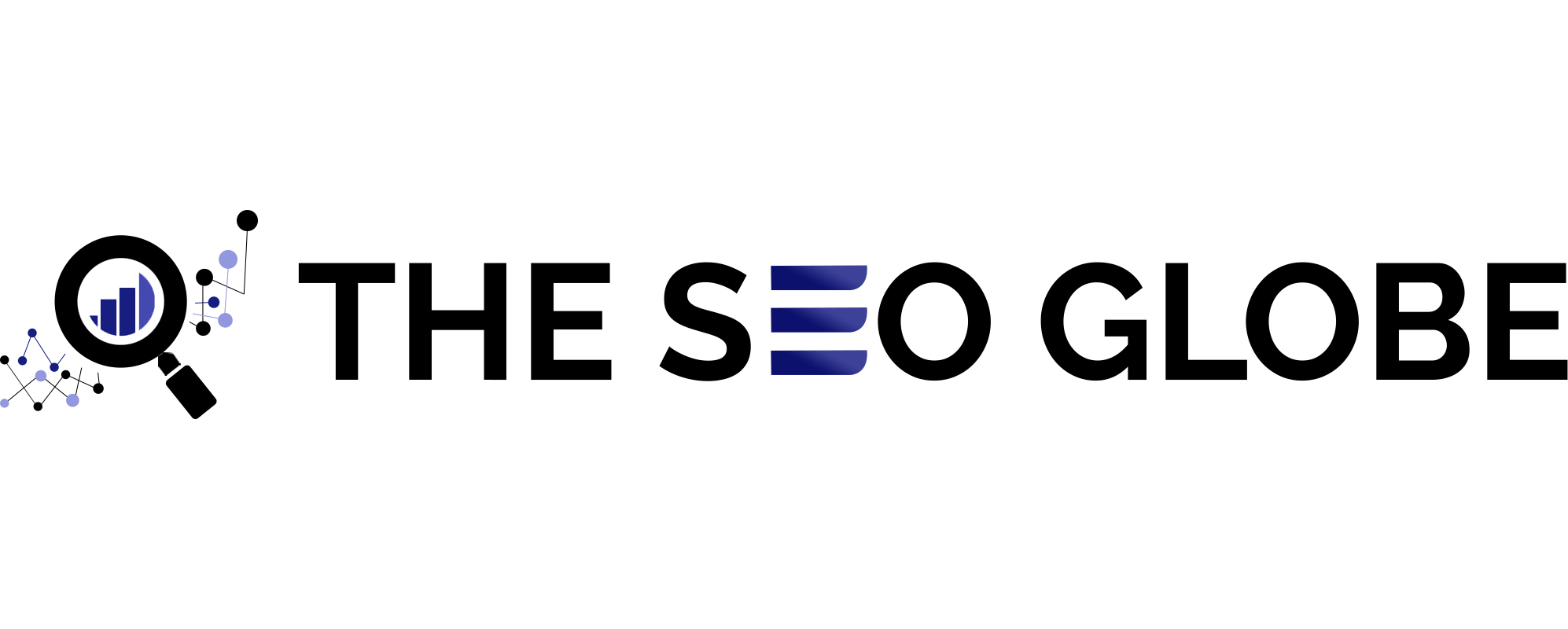Google PageRank decoded for SEO beginners. Know everything about PageRank, from history, and how it evolved to the best hacks to use!

Entering into the world of SEO? Well, let’s get started with the buzzword “PageRank” which has played quite a significant role in shaping the way we search online.
Imagine it as a superhero backstory that fueled Google’s rise to supremacy. Back in the time, PageRank was the secret sauce that propelled Google to empire status. Even now, things haven’t changed that much. Though the SEO landscape has evolved, PageRank remains a rockstar concept that everyone working on SEO should be acquainted with.
Here in this guide, we are breaking it for you – from what PageRank is and how it evolved to be the superhero in the story of Google, the battle between the toolbar and regular PageRank, how it works and the burning question: Is PageRank still a cool kid on the SEO block?
So, buckle up to unravel the mysteries of PageRank and make your SEO journey exciting and adventurous!
Origin of PageRank
Imagine a dynamic duo, Larry Page and Sergey Brin, as the Batman and Robin of the digital world. They have created something spectacular at Stanford University known as “PageRank”, a superhero algorithm born from an interconnected web of hyperlinks that make up the internet.
Flashback to 1999, Page and Brin unveiled their creation in a paper called “The PageRank Citation Ranking: Bringing Order to the Web.” This paper spilled the beans on a not-so-complicated algorithm that could tell how strong your web page is! Later, the plot thickens when you learn that this paper is turned into a patent in the US.
Even now Stanford still holds the patent but they have passed the torch to Google. So in the world of SEO, Pagerank is our magic ingredient in Google’s search engine recipe. And we are going on board on the journey to dive into the wonders of the web.
History of PageRank
In the late 1990s, Page and Brin found themselves immersed in the intriguing world of information retrieval methods. Imagine a time when the revolutionary concept of using links to determine the “importance” of each web page in relation to others was stirring up a storm. It was computationally challenging enough. But guess what? The duo were not scared of the tricky stuff. Rather they took an adventure lane and created Google. Back then Google was like a small fish in the vast ocean of web.
What’s wild here is that Google was launched without any revenue-earning functionality. In those days, Google was playfully known as “BackRub,” and the heart of its search prowess lay the mighty PageRank algorithm. This algorithm played a crucial role in ranking pages in the search engine results pages (SERPs), setting the stage for Google’s meteoric rise in the realm of online searches.
It’s like the origin story of a heroic duo, PageRank and Google, changing the game of the late 90s digital landscape.
Evolution of Google Dance
PageRank had an interesting challenge and math it is. Though simple, yet has to be processed over and over. Like, picture it: this calculation here, running multiple times for every page and link on the internet. Back in the 2000s, this process would take days. Now, where it’s intriguing as the math dance happened, Google Search Engine Results Pages (SERPs) decided to not follow, but rather do a little dance of their own. Showing unpredictable changes they went up and down as new PageRamks were calculated for each and every one of them.
It became a monthly spectacle that had SEO pros on high alert every time Google initiated its update. Changes during this period were very unpredictable and could pause the SEO pros in their tracks.
ALSO READ: Google Algorithm Updates 2023. Here is Everything you Need to Know!
The Search was Revolutionised by Google
Before Google’s game-changing PageRank algorithm, other search engines were relying heavily on individually analysing the content on every web page. The problem was that these methods struggled to distinguish between an influential page and one filled with randomly manipulated stuff. This loophole was a game zone for SEO pros to show their skills.
Unlike others, Google not only operated at a page level but also introduced the concept of “nGrams” to enhance relevancy. These are like word buddies. In the world of Google’s PageRank, these buddies help Google understand what is going on a web page. In simple words, if you look for just one word, you might not get a whole picture but reading a bunch of words together can show you what’s up on that page.
This winning combination outcasted past players like AltaVista and Inktomi (MSN). Others like DMOZ initially contributed as open-source dictionaries to Google.
Working of PageRank
Let’s dig deeper into to secret behind PageRank in a few steps. First off, every webpage gets an initial score which could be any number. Then, the PageRank for a page is divided by the number of links going out of that page, making it a smaller fraction. This fraction is then shared with the pages linked to it. This sharing game repeats for every page on the internet.
Imagine each webpage is like a player in a big team. In the coming round, these players gather in a team huddle. During this huddle, they share their scores, which are like fractions, with each other. This sharing and adding up happens for every webpage making sure that everyone gets a fair boost from their linking buddy. After this huddle, the webpages go back to their spots getting ready for the next round. Repeating the game until everyone’s score settles into balanced ones. And this is the magic of PageRank!
But it’s not all, rather there is a referee in this game known as the “Dumping factor.” This is like a chance that someone surfing the web might suddenly stop. Before each round starts, the proposed new PageRank takes a little hit from this Dumping Factor. At last, the final players usually get shifted to a friendlier number ranging between 0 to 10.
In simpler words, for pages, Imagine a web page as a friend holding a bag of 5 points. If this friend has 10 friends, he will share 0.5 points with every friend (excluding the dumping factor).
This sharing is like passing on the good vibes. Now, think of the new web pages joining the world of the internet as rookies with tiny points. But as more and more pages start to link with them, these points increase over time. Just like a newbie in a college getting famous after a while!
Twists and Turns!
As we just learnt Google’s algorithm was like a superhero, believed to be nearly invincible against spam. This superhero determined a page’s importance not just from its content but also from a kind of voting system created by links pointing to the page. Google was pretty confident in this approach – until trouble brewed.
As the backlinking industry grew, PageRank faced challenges. Google decided to hide it from public view but kept using it for ranking pages. In 2016, the PageRank toolbar vanished from the public access. But by then an SEO tool known as Majestic learnt to mimic the PageRank’s calculations quite well.
Everything changed in 2017 January, Google’s algorithms were evolving and the relevance of PageRank was going down. The company even got its hand on “Freebase” (currently known as Metaweb), shifting towards new ways of indexing information. And so, the tale of Google’s algorithm took a twist.
Is the PageRank dead now?
Even though the public access was removed. It stayed lingering within Google’s inner sanctum. The secrecy surrounding it was cracked when factors leaked from Yandex, revealing that PageRank still played a role in the algorithmic concoction.
In the corridors of Google, engineers whispered about an advancement. The original hero of our story has evolved into a more efficient version, demanding less computational muscle. While the new formula might not be the headline act in Google’s page ranking spectacle, it endures as a quiet, steadfast companion for every webpage.

